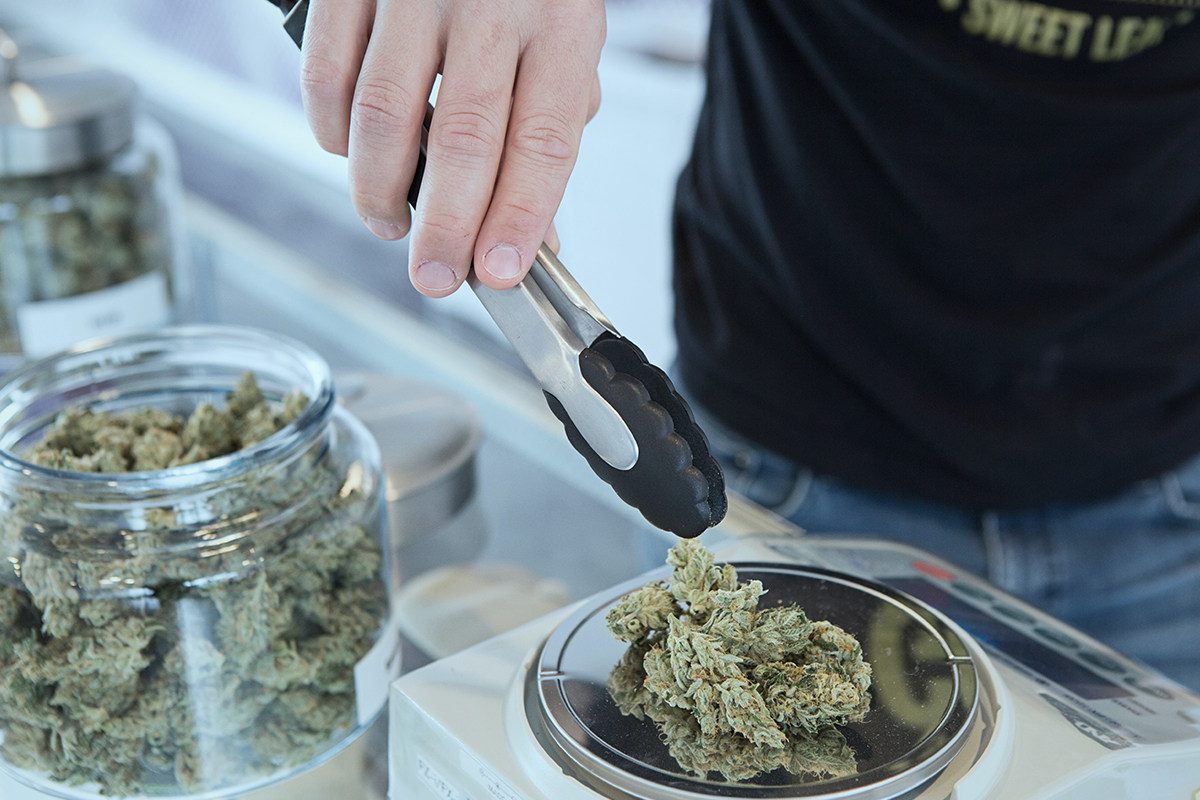In this article, we’ll explore the history, benefits, and growing impact of California hemp, giving you the knowledge you need to make informed choices as a consumer.
What Is Hemp?
Hemp has become one of the most talked-about plants in California—and for good reason. As part of the Cannabis sativa family, hemp is a versatile crop with a wide range of applications, from sustainable textiles to wellness supplements. With California leading the way in hemp cultivation, many people are asking: What makes hemp so valuable, and how can it benefit our daily lives?
Hemp is a variety of the cannabis plant that contains very low levels of THC (tetrahydrocannabinol), the compound responsible for marijuana’s psychoactive effects. By law in the U.S., hemp must contain less than 0.3% THC, making it non-intoxicating but still incredibly beneficial.
Unlike marijuana, hemp is primarily grown for its fibers, seeds, and natural compounds like CBD (cannabidiol). This makes it a powerful resource for health, sustainability, and industry.
Health and Wellness Benefits of Hemp
California hemp is widely used in the wellness industry, and here’s why:
Rich in Nutrients: Hemp seeds are packed with protein, omega-3 and omega-6 fatty acids, magnesium, and fiber. They’re considered a “superfood” for plant-based diets.
CBD Wellness Products: Hemp-derived CBD is used in oils, tinctures, gummies, and topicals to support relaxation, recovery, and overall balance.
Skin and Hair Care: Hemp oil is a natural moisturizer with anti-inflammatory properties, making it ideal for skincare and haircare products.



